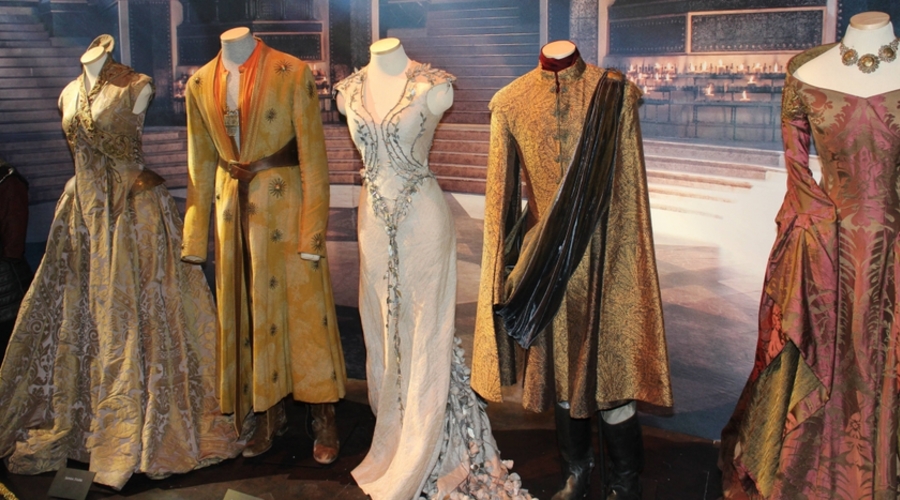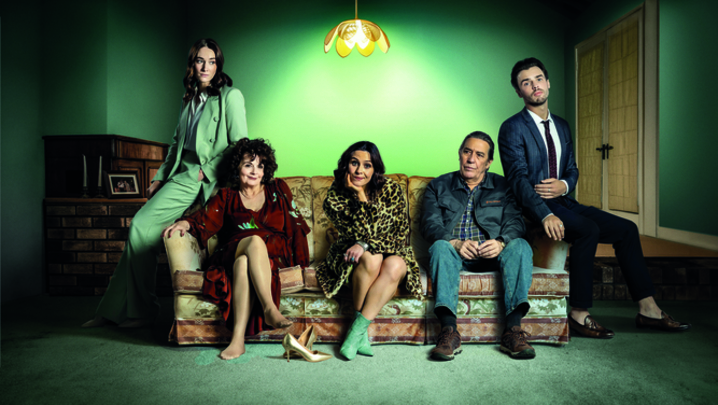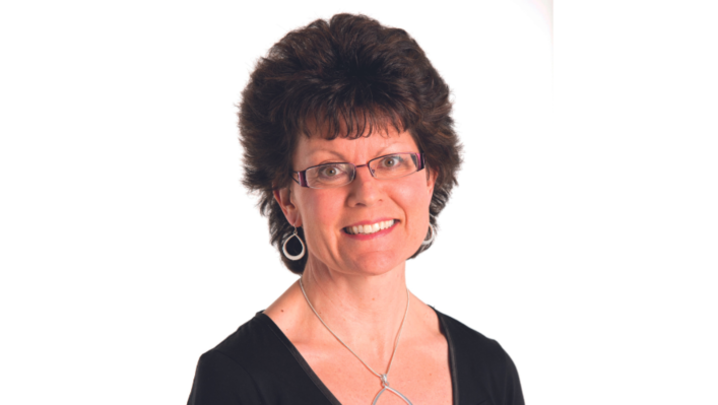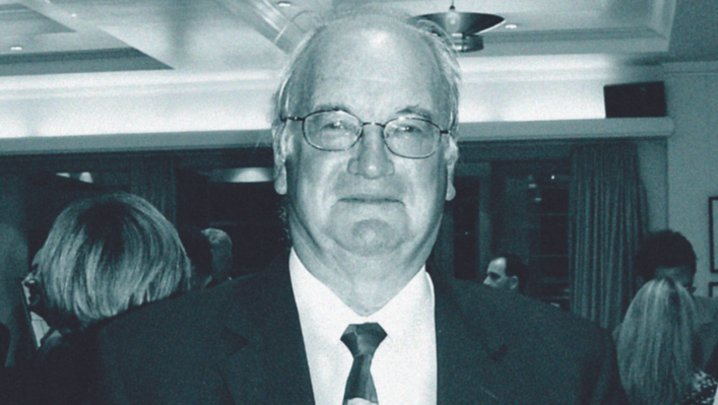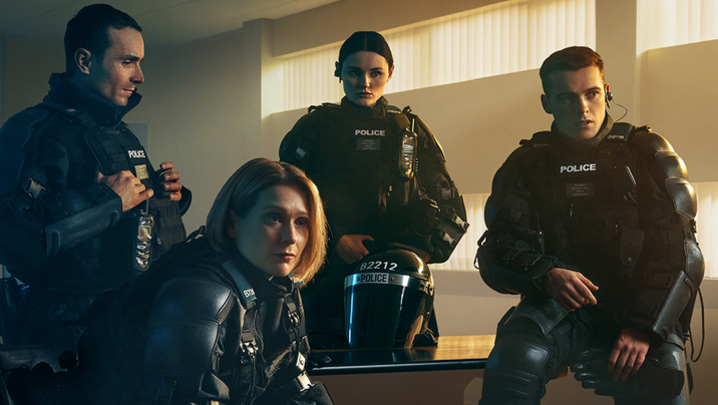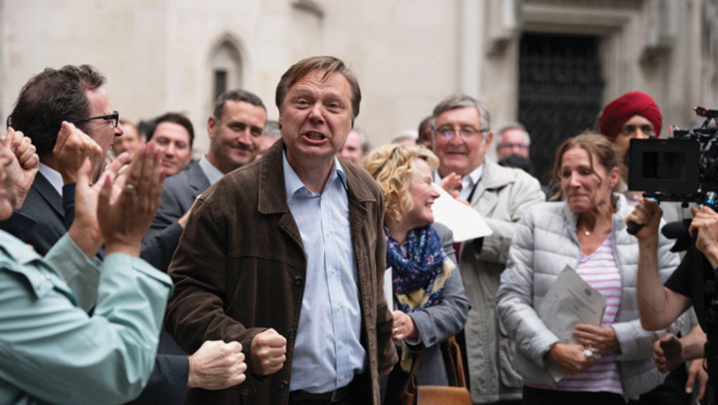What makes Game of Thrones so compelling? Author Amanda Craig deconstructs the appeal of a groundbreaking drama series
What is the secret to the extraordinary appeal of Game of Thrones? Describing it as “Dynasty with dragons” does not get close to its fascination, even for people who normally dislike fantasy.
Its originality starts, as so often with HBO dramas, with the opening credit sequence.
To a score that opens with a metallic clash, an animated map charts an imaginary world: family crests (or sigils) rise and fall in mechanical sequence. The Celtic-based rhythms and harmonies, played on electronic violins and cello, speak of heroism, but also dread, cruelty, melancholy, mystery and cynicism.
It ought to be cheesy but, half-way through the theme tune, an extra beat unbalances everything.
It is this unbalancing of expectations that signals the disturbing and original drama to come.
Fantasy has always struggled to be taken seriously. Its inspiration stems not just from the classical texts of Greece and Rome, but the bloody and beautiful Norse sagas consistently overlooked by the establishment ever since the Norman conquest.
Tolkien did much to drag these back into view, but his Middle Earth reflects conventional morality, and an idealisation of the medieval way of life.
Part of the power of George RR Martin’s A Song of Ice and Fire is the way it subverts a genre easy to parody.
We expect medieval costume, bad hair and Manichean morality; we do not expect incest, rape, the slaughter of favourite characters and a reflection of our banking crisis.
Least of all do we expect characters to speak and behave as if they were in a work of realist fiction – and one that is deeply, disturbingly involving.
Martin’s world, violent, highly sexualised, corrupt and cross-hatched with melancholy self-awareness, gives us a grotesquely suggestive reflection of our own age.
I confess, I was prepared to dislike the series when its first episode began to preview. Beheadings, the undead and excessive nudity are not usually my kind of thing.
However, the moment the child Bran Stark was pushed off a tower to conceal an incestuous affair, I was hooked.
Since then, it has become a weekly treat, and one of the rare forms of entertainment that my family can discuss across the generations with equal enthusiasm.
It has something for everyone, from the teenage boy addicted to computer games to the grandmother confronting her own mortality.
The game of thrones is complex but the penalties for losing are absolute: as one of its most compelling characters, Cersei, says: “It’s win or die.”
As an audience, we are given near-omniscience concerning what is happening to a multiplicity of protagonists, but in the TV series this is balanced by what we must find out about the past.
We expect medieval costume, bad hair and Manichean morality; we do not expect incest, rape, the slaughter of favourite characters and a reflection of our banking crisis.
Martin learnt from Tolkien the power of a backstory stretching far into pre-history, gradually revealed. Viewers have to work out characters’ motivations. As a result, some, such as Jaime Lannister, grow from villainy into a more nuanced hero.
This is one reason why its audience is not just 14-year-old boys. We expect moral ambiguity from literary fiction and art movies, but not in a blockbuster fantasy.
The families slug it out in the teeth of approaching Armageddon, which only a 700-foot wall of ice, stone and magic, guarded by the Knights of the Black Watch, has kept out.
This wall, reminiscent of both Hadrian’s Wall and the Great Wall of China, is one of Martin’s many strokes of imaginative genius, alongside the universal apprehension that the inhabitants in the north of any country are characteristically different from those of its south.
Yet, whatever the setting, each protagonist grapples with the gulf between trust and betrayal, myth and reality.
Now in its fourth season, the series has depicted scenes of exquisite natural and architectural beauty, SFX wonders such as dragons, and numerous rapes, orgies, beheadings, mutilations, murders and a castration.
The violence is startling, and the amount of nudity and sexual suggestion verges on the pornographic.
Some have been upset by the rapes, especially where the TV adaptation has, as in a recent scene between Jaime and Cersei Lannister, varied from the books, but there is also a more palatable message: women are entitled to respect and self-determination.
Increasingly, we are also seeing female characters, from Diana Rigg’s Queen of Thorns to young Arya Stark, murder male aggressors.
The only question is when, not if, even gentle characters such as Sansa Stark will become killers.
Although its world is riddled with misogyny,Game of Thrones is striking in giving equal weight to its male and female characters.
Despite some great fantasy being written by women such as Ursula Le Guin and Robin Hobb, the genre largely features male protagonists: Peter Jackson actually had to invent female characters when filming The Hobbit.
Game of Thrones, by contrast, has dozens of outstanding female leads, from Catelyn Stark and Cersei Lannister, as two very different kinds of mother, to the female knight, Brienne, the sinister Red Witch, the scheming Margaery Tyrrell and, above all, the posh, charismatic Daenerys Targaryen, whose journey from bartered teenage bride to fierce “mother of dragons” is likely to be part of the final, climactic battle.
In this environment, the love of parents for children and children for parents is invoked to justify both heroism and torture, although virility, fertility and bloodlines are everything in a society obsessed by family heritage.
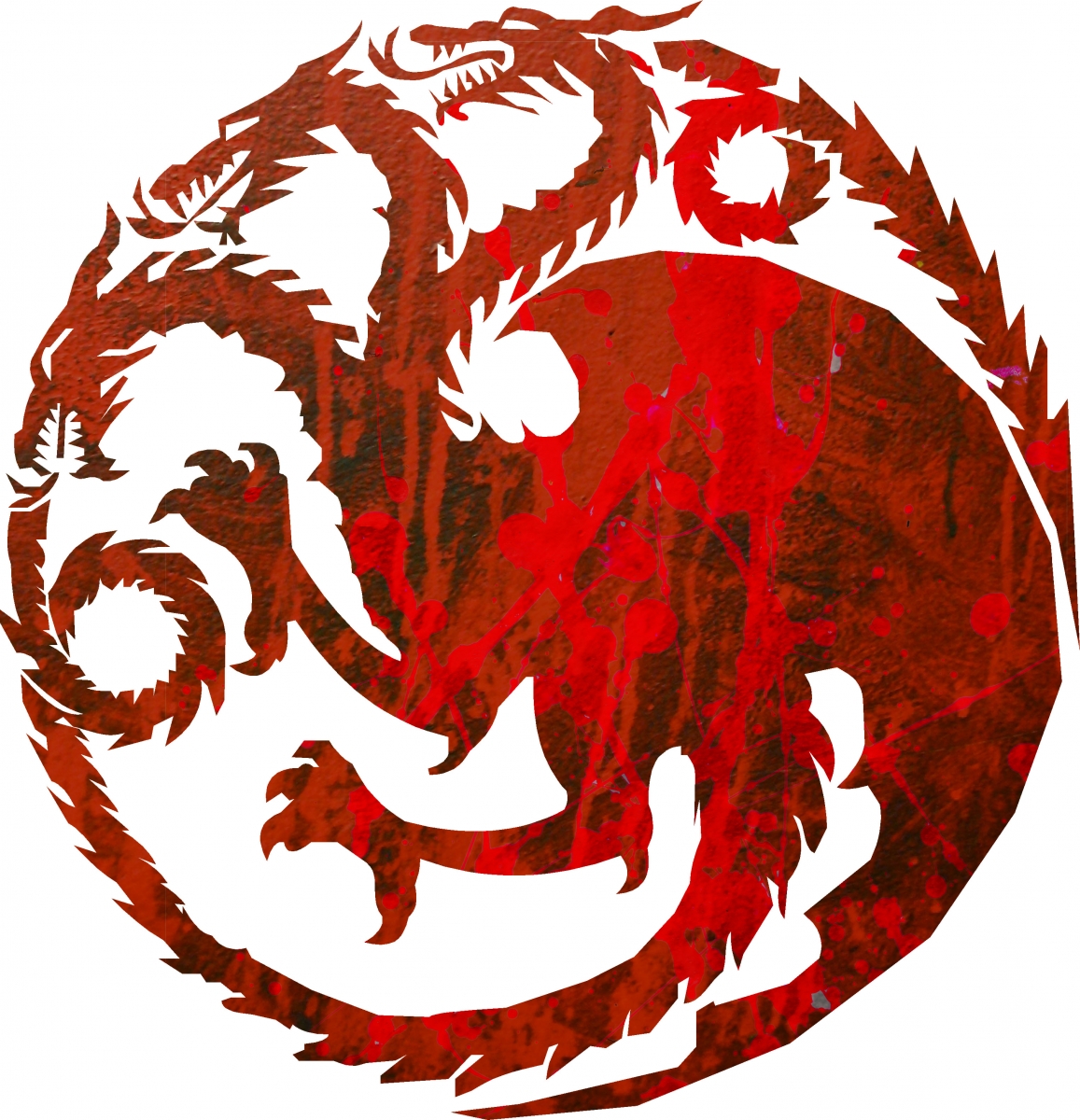
Only Peter Dinklage, superb as Tyrion Lannister, has the intelligence, compassion and courage to save his country – but is typically despised by everyone, from his father down, because he is a dwarf.
He has become the first vertically challenged actor ever to be widely fancied by a female audience, despite living in the least politically correct society imaginable.
The striking beauty of the lead actors is at variance with the way it is the underdogs – the young, the disabled, the plain, the poor and the dispossessed – who seem most likely to survive, thanks to a tiny number of compassionate and courageous deeds.
Though who knows? Martin’s world is so contrary that its own characters find it hard to believe that witches, dragons or giants still exist until they see them with their own eyes.
A repeated source of both humour and horror is the gulf between myth and reality, especially where class hatred usually sees the commoners worst the high-borns through low, common-sense brutality.
The blood, torture, suffering and executions are sickeningly detailed. When Daenerys is advised that “sometimes it is better to answer injustice with mercy” her response is: “No, I will answer injustice with justice.”
She crucifies the masters of the city she has just conquered in precisely the same way that they crucified their slaves’ children; with the screams of her opponents echoing below her, she is serenely triumphant.
HBO’s high production values include such obsessive attention to detail that only in stills could audiences see how each noble family has its own “sigil” worked into its clothes.
But the luscious camerawork, the superb cast, the script that shifts between the fantastically foul-mouthed and speeches with an almost Shakespearean depth as characters discuss death, vengeance, religion, family love and honour are all part of a whole that feels real because it is never predictable.
It is popular entertainment, and it is also art. Nothing like it has ever been on TV.
Game of Thrones also plays with the fact that, although readers of the books have advance knowledge of the plot, the series itself is unfinished.
Nobody but the author knows how it will end. Martin has us all waiting, much as JK Rowling did, as his plot raises some and throws down others.
The adaptation depicts a world that is fully realised in all its familiarity and strangeness, vulgarity and sophistication and – though not an allegory – its financial, social and political predicaments are tempting metaphors for ours.
Sharing complex plotlines with The Killing and showing the ruthless acquisition of power we see in House of Cards, this is fantasy for grown-ups.
ButGame of Thrones also relishes TV as a medium in a way that seems completely alien to British television drama. It never feels small-scale or whimsical. Every culture will find something of itself within it, and its plotting is consistently impressive.
If Martin has drawn on many myths and legends, he has created more. He has also learnt something in America that we now seem unable to remember. Don’t just kill your darlings: keep your audience guessing who these are.
Amanda Craig is the author of six novels, including A Vicious Circle and, most recently, Hearts and Minds(Abacus £8.99) and is a columnist and literary critic. www.amandacraig.com

